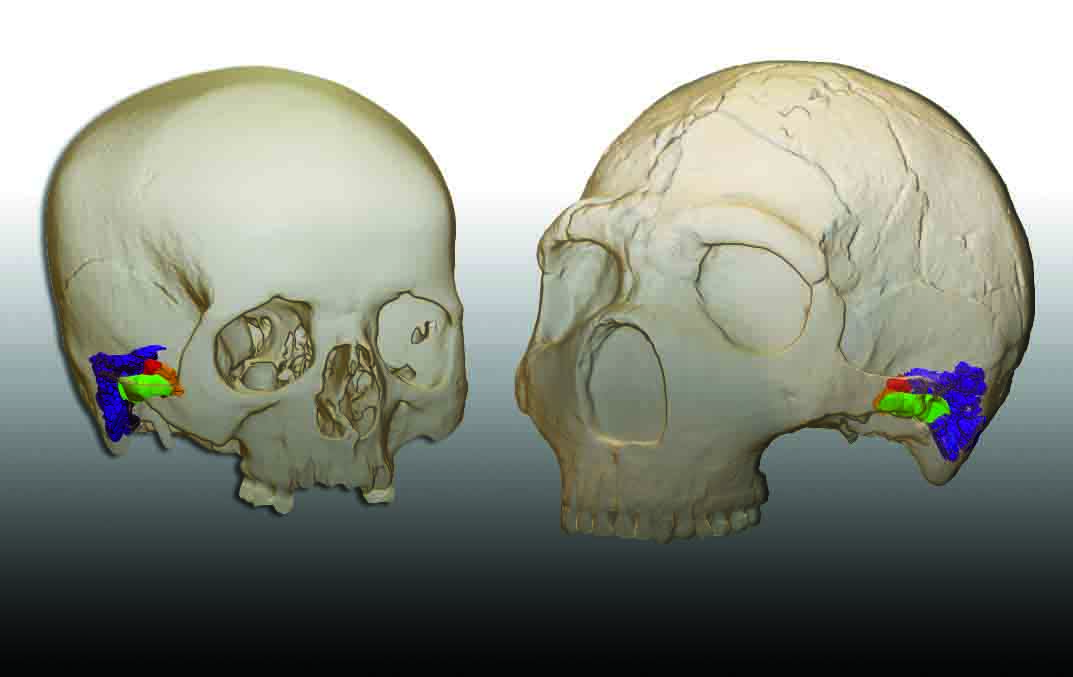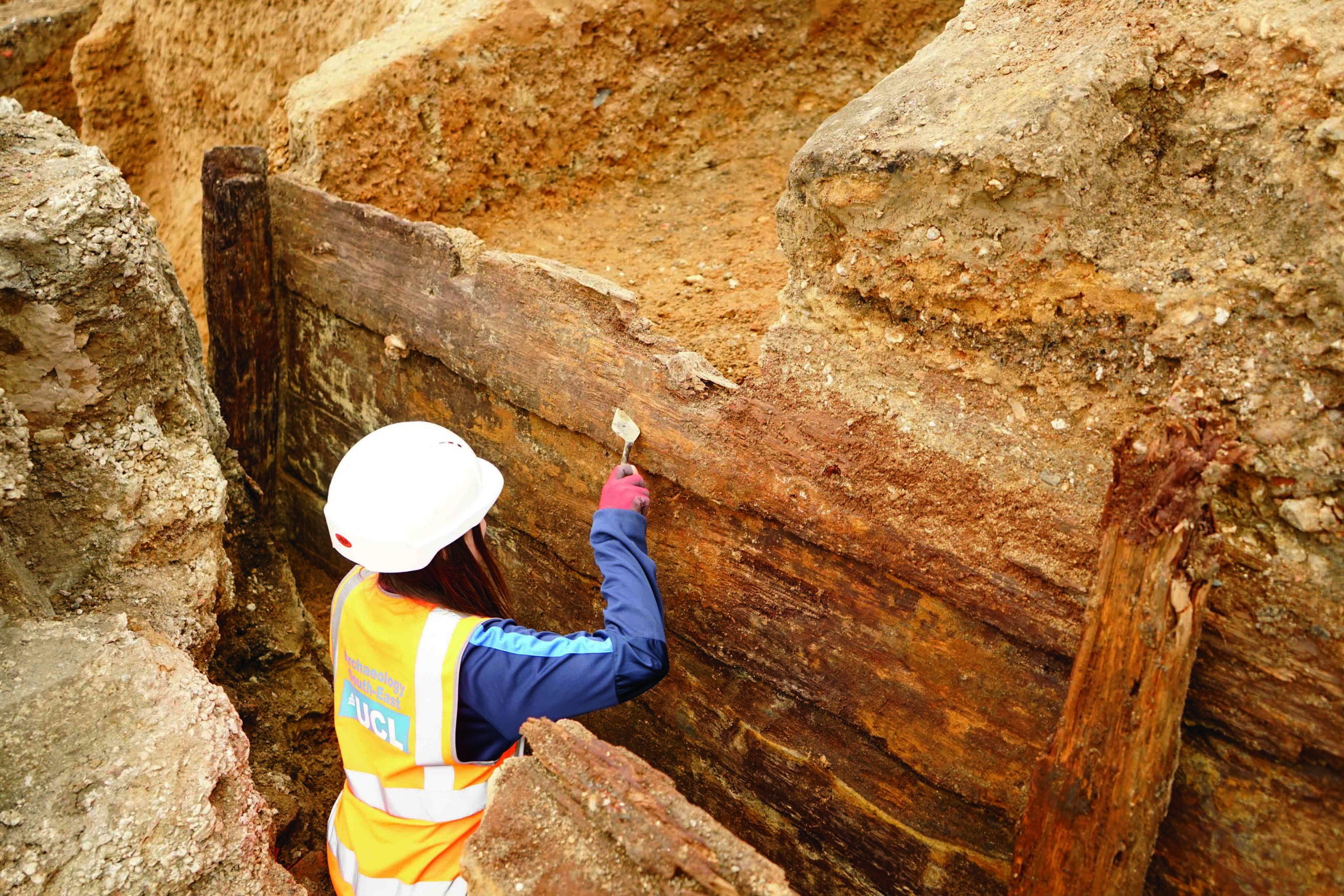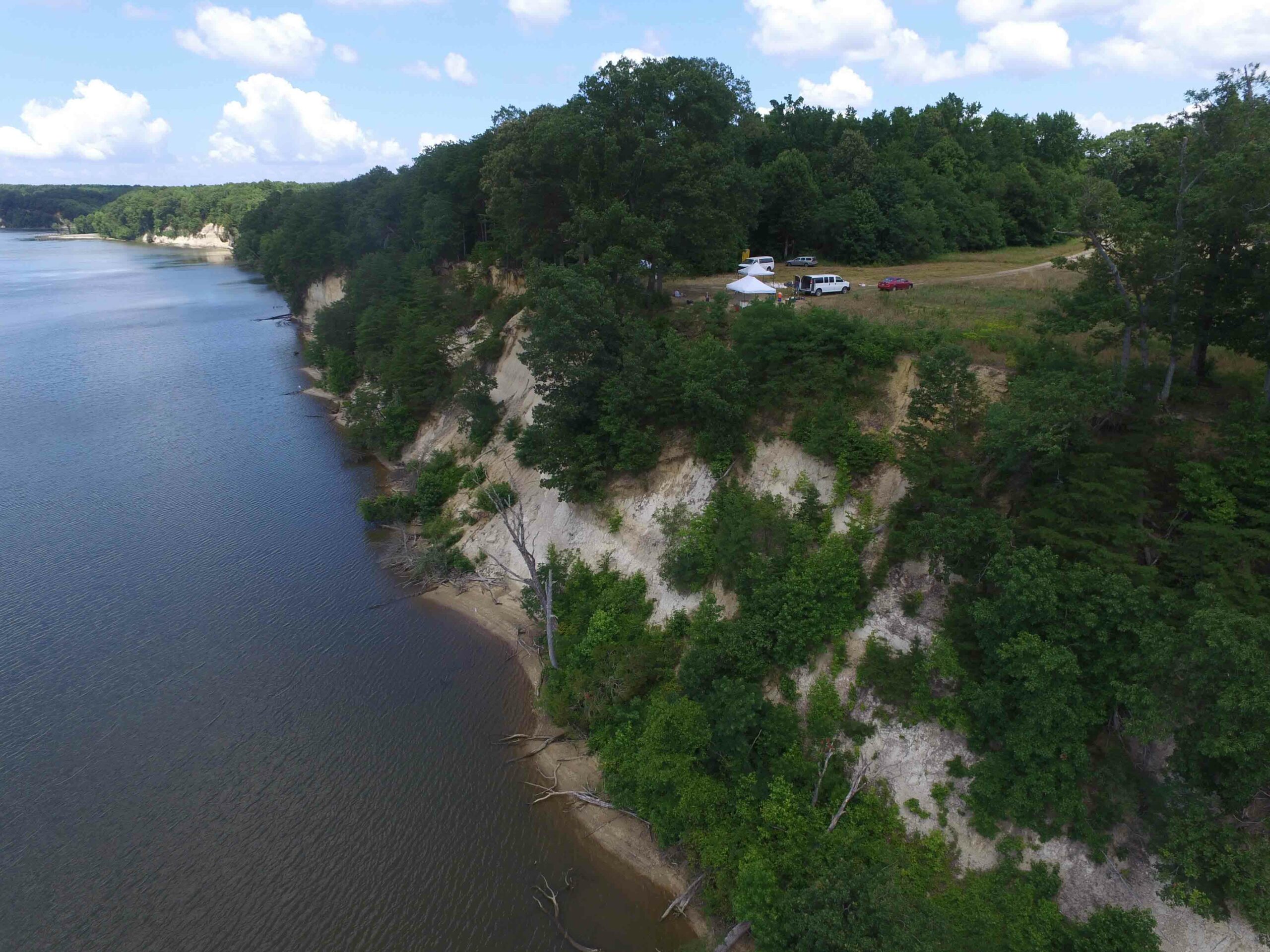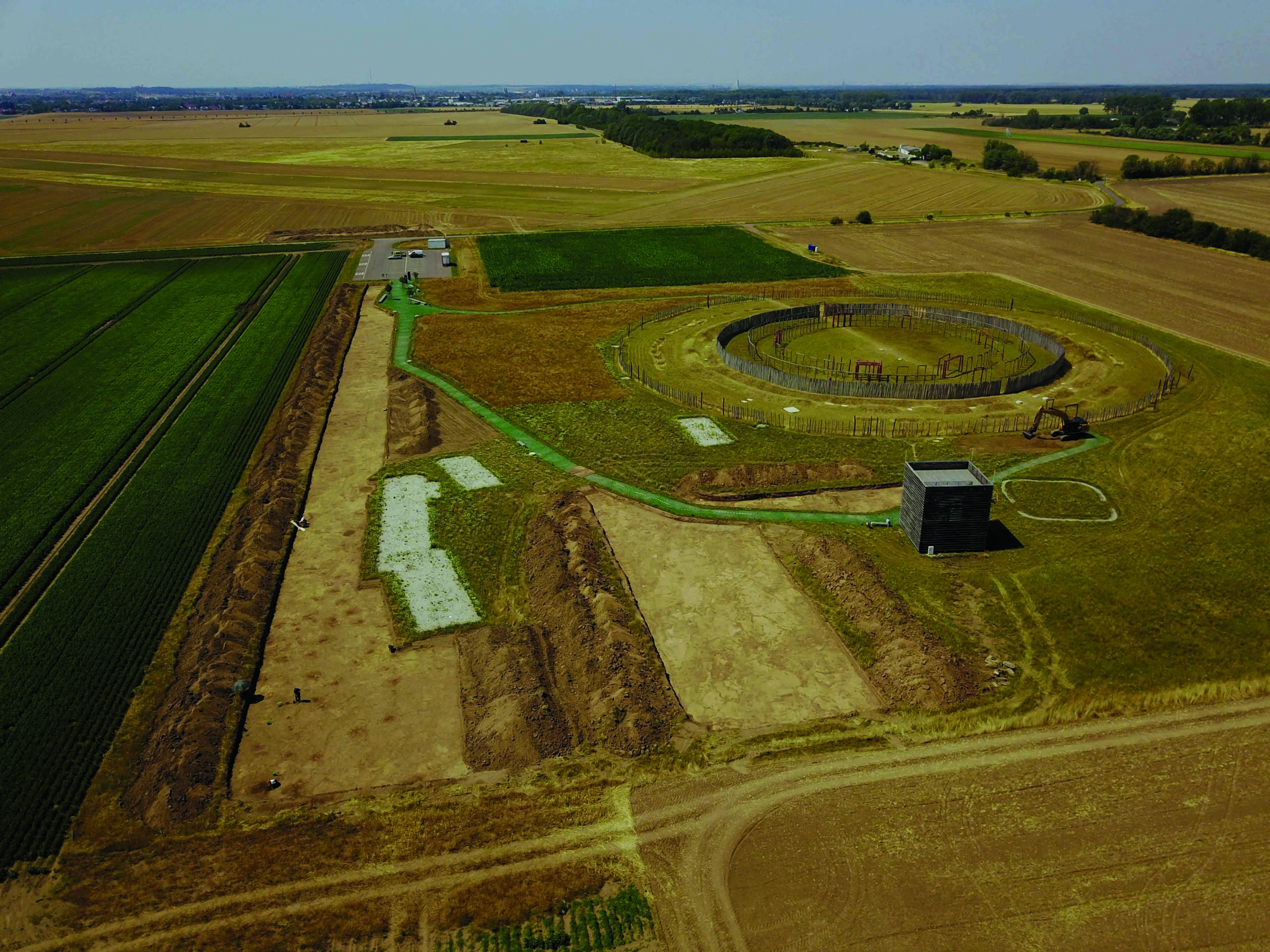
OXFORD, ENGLAND—CNN reports that Neanderthal remains previously dated to about 37,000 years ago are about 10,000 years older, based upon new dates obtained by an international team of researchers through a process called liquid chromatography separation. Discovered in Belgium’s Spy Cave, the Neanderthal remains are thought to have been contaminated with glue and other substances that interfered with previous attempts to date them. The researchers also dated Neanderthal remains recovered from two other sites in Belgium, and now think Neanderthals disappeared from the region between 44,200 and 40,600 years ago. Tom Higham of the University of Oxford explained that accurate dating is crucial to understanding possible interactions between Neanderthals and modern humans, who entered Europe about 45,000 years ago. “We now know more precisely when Neanderthals disappeared in Europe, but we now need to confirm with the same robust methods when anatomically modern humans arrived in order to elucidate for how long these two species cohabited,” he said. To read about traces of Neanderthal DNA found in Eurasian cave settlements, go to "Caveman Genetics," one of ARCHAEOLOGY's Top 10 Discoveries of 2017.










